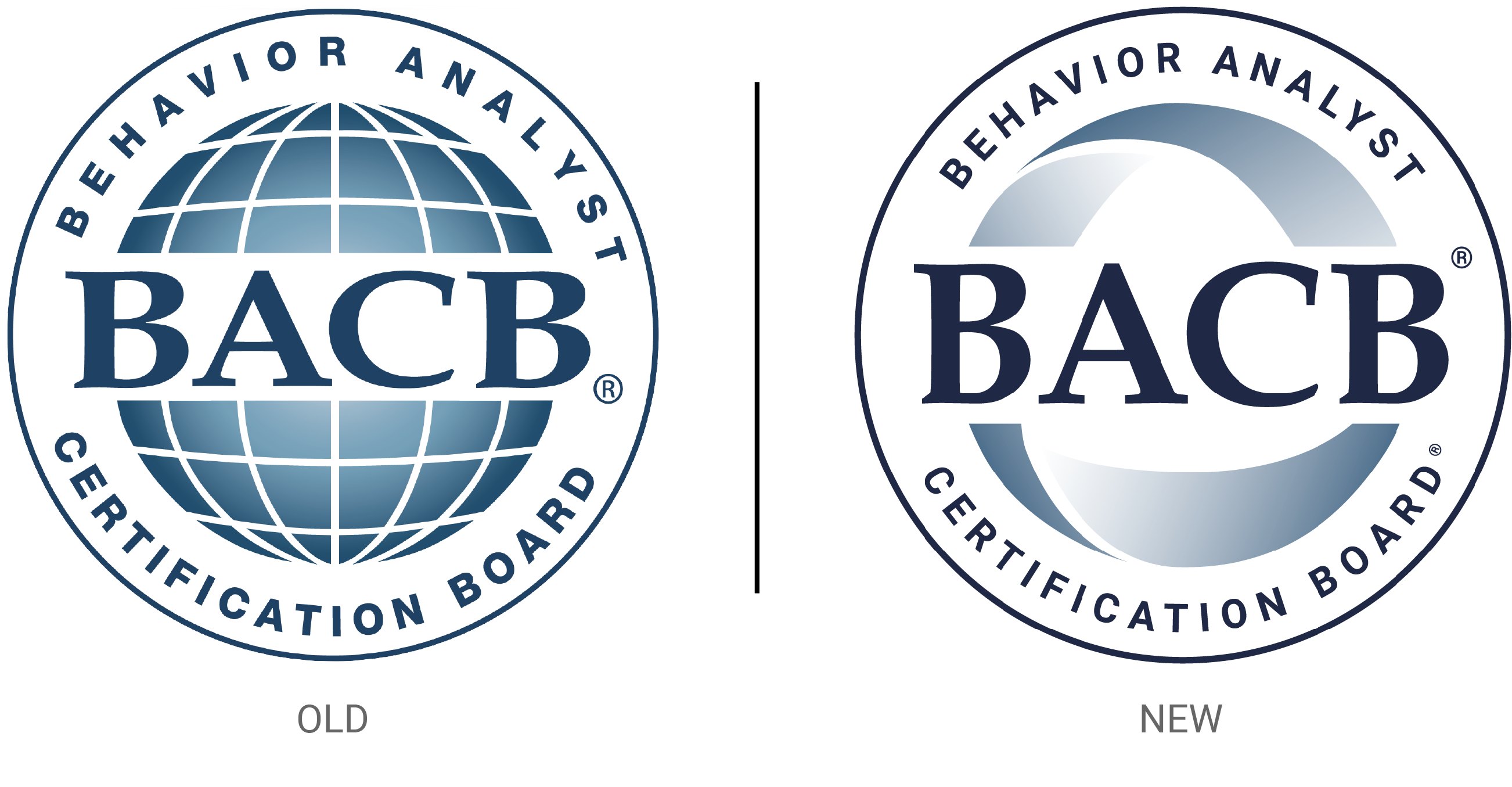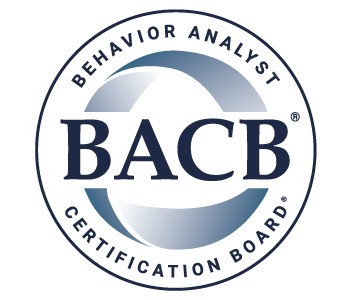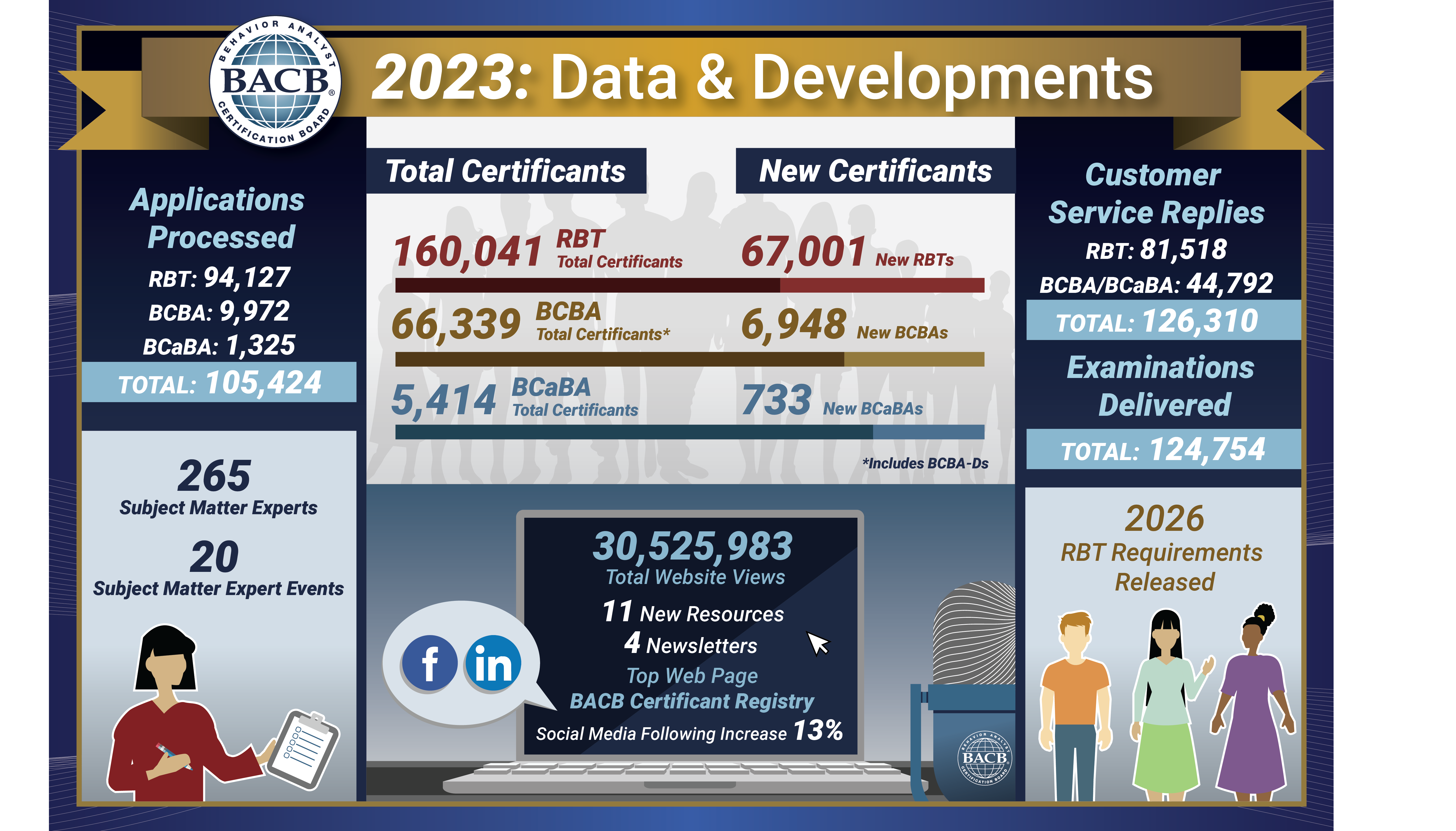Each year, the BACB honors an individual with the Michael Hemingway Behavior Analysis Award to commemorate the life and contributions of Michael Hemingway, who played a central role in the development of behavior analyst certification in Florida before serving as a founding member of the BACB Board of Directors. Michael’s commitments to the profession of applied behavior analysis (ABA) and to increasing access to services are reflected in the behavior of the individual who receives the award named after him.

We are pleased to announce that the 2024 recipient of the Michael Hemingway Behavior Analysis Award is Eric V. Larsson, PhD, BCBA-D. Dr. Larsson is the Executive Director of Clinical Services at the Lovaas Institute for Early Intervention Midwest where he has worked for over two decades. In this capacity, he has overseen the delivery of high-quality ABA services to numerous children with autism and their families. Dr. Larsson has also advised over 150 organizations worldwide on their ABA services. In addition to his important work in service delivery, Dr. Larsson has devoted an extensive amount of time to professional service. He has served on the governing bodies of the Behavior Analyst Certification Board, the Association of Professional Behavior Analysts, the Council of Autism Services Providers, and the Association for Science in Autism Treatment, among many other service positions. As demonstrated by his extensive service portfolio, Dr. Larsson has helped develop professional infrastructure during a critical time in our history. We are grateful to Dr. Larsson for his many invaluable contributions, which have greatly benefitted our profession and the clients we serve.



